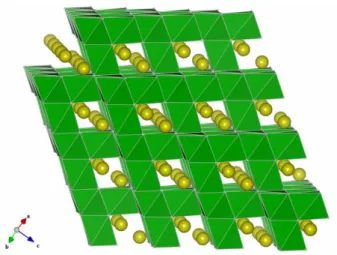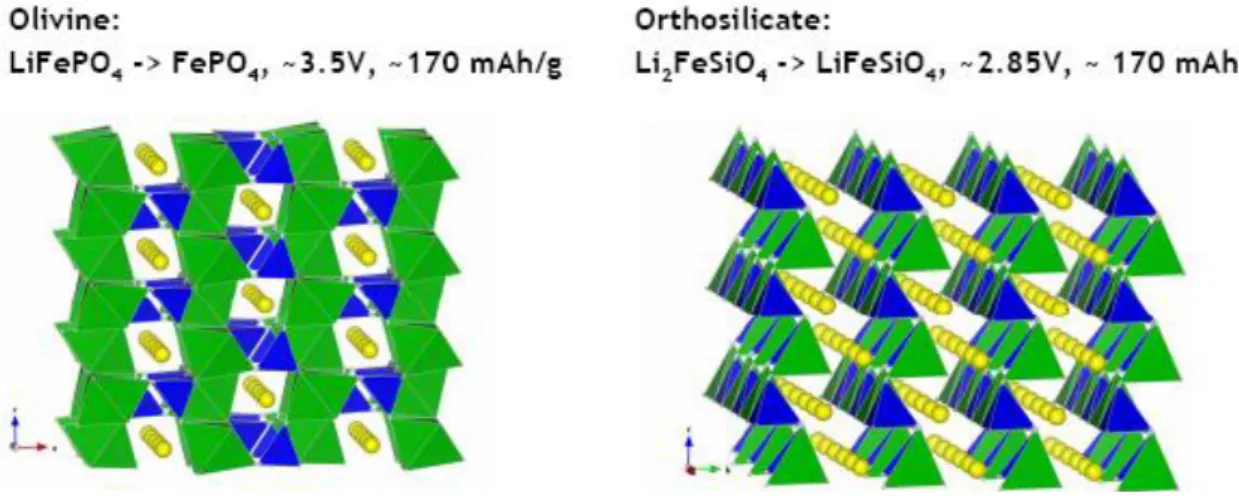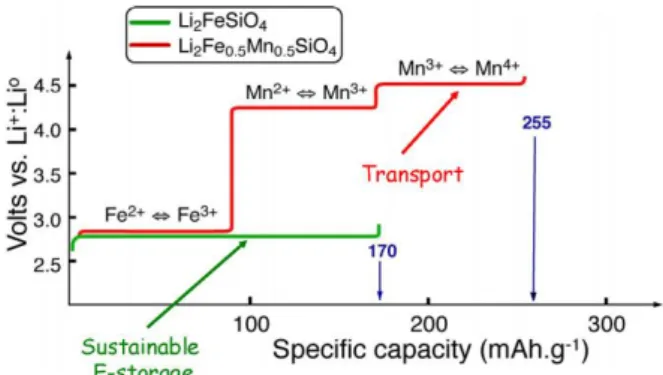Minerals as a source of novel Li-ion battery electrode materials
Full text
Figure



Related documents
Results of the survey are categorized into the following four areas: primary method used to conduct student evaluations, Internet collection of student evaluation data,
On the primary layer, you have carriers, often times risk retention groups, sometimes multi- line carriers, that are effectively coming into markets saying, "we
In this type of electrophoresis a filter paper (like chromatography paper) having slight adsorption capacity and uniform pore size is used as the supporting medium for separation
(4) Which type (or types) of connection are used among the following? Point-to-point, point-to- multipoint. a) Calculate the CRC code. b) Write the T(x) polynomial corresponding
Table 1 Effect of different growth regulators for callus formation of Hemidesmus indicus. 3.3
For the poorest farmers in eastern India, then, the benefits of groundwater irrigation have come through three routes: in large part, through purchased pump irrigation and, in a
2011 Advanced Methods in Tobacco Control , Johns Hopkins Bloomberg School of Public Health Baltimore, MD.. 2011 Qualitative Methods in Tobacco Control , Johns Hopkins Bloomberg
In this study, we used physiologically immature corn silage (CS) and matured whole corn plants (WCP) as feedstocks to produce ethanol using ammonia fiber expansion (AFEX)